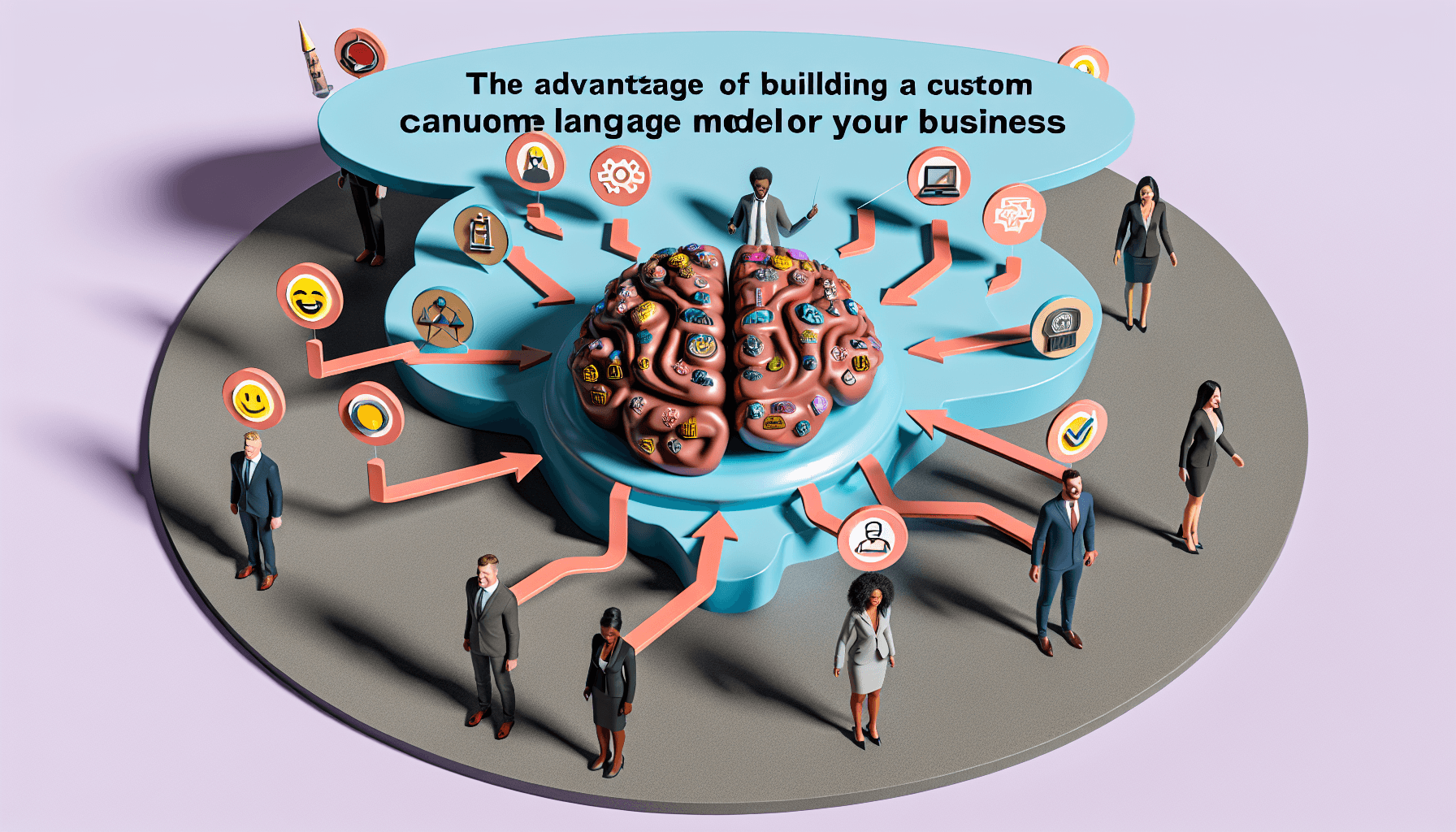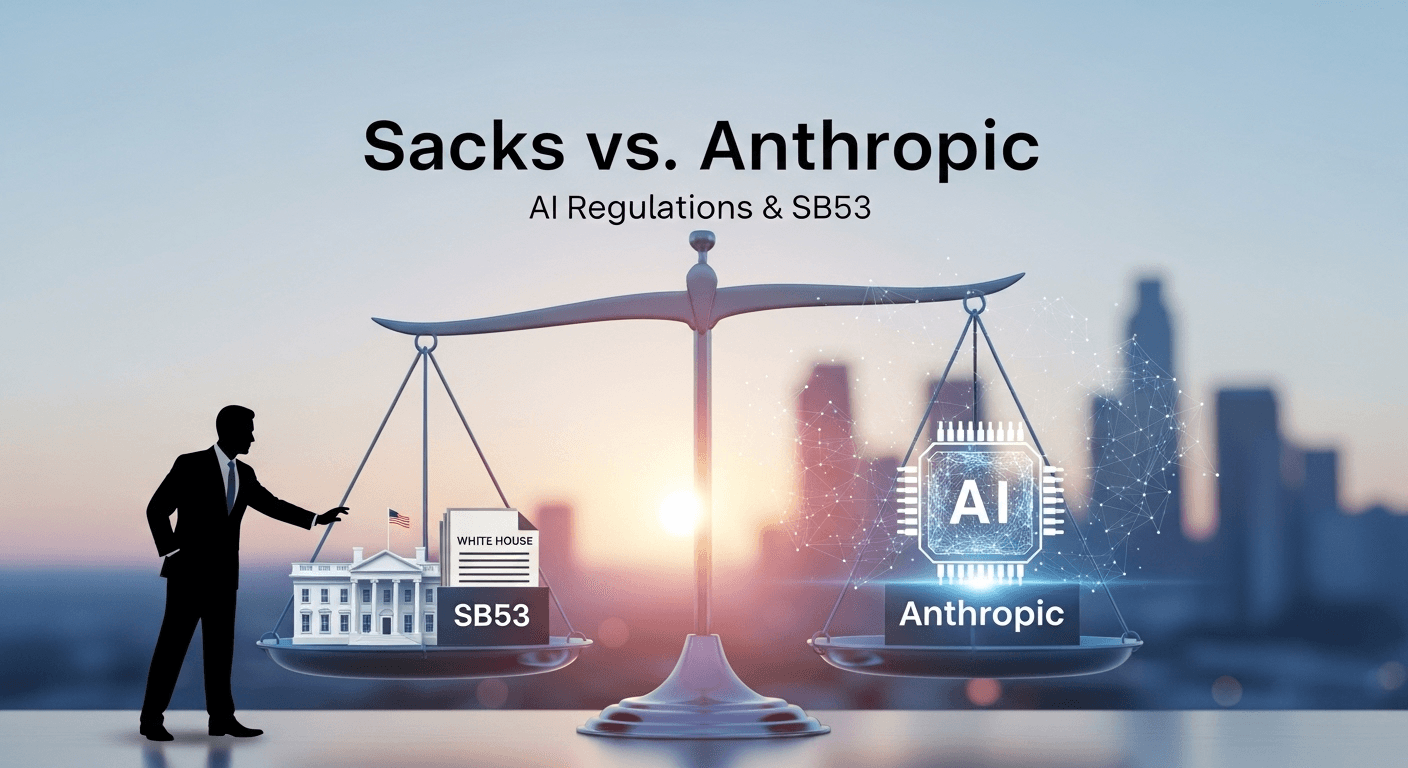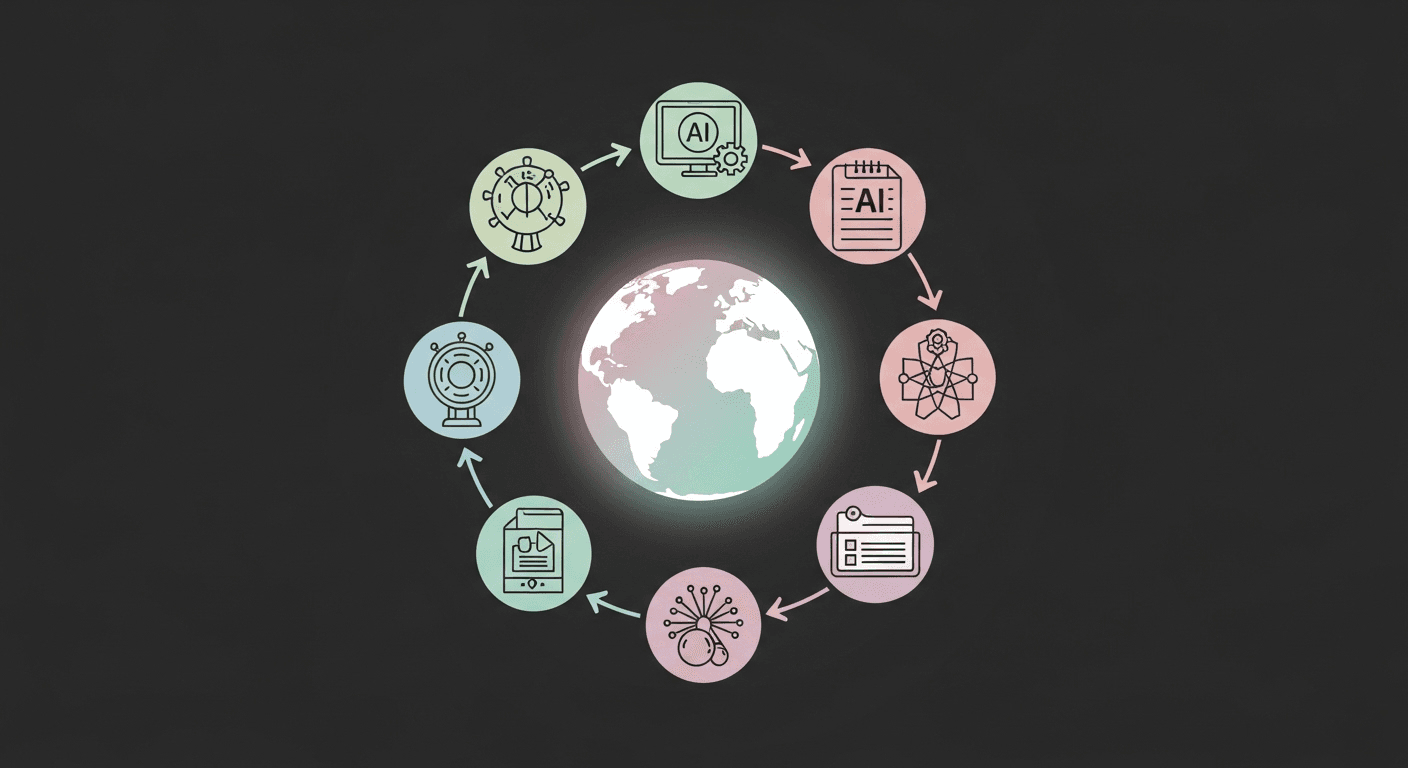The Advantages of Building a Custom Language Model for Your Business

In today’s digital era, the power of language has transcended traditional boundaries, becoming a pivotal force in business, technology, and communication. Custom language models, tailored specifically to meet the unique needs of a business or application, represent a significant frontier in the quest for enhanced digital interaction and processing capabilities. This blog explores the numerous advantages of building a custom language model, highlighting how it can transform operational efficiency, customer satisfaction, and market competitiveness.
Understanding Language Models: A Primer
Before diving into the specifics of custom language models, it’s important to understand what a language model is. A language model is a mathematical model that learns to predict the likelihood of a sequence of words. This capability is not just academic; it powers everything from autocomplete features on smartphones to customer service chatbots and complex decision-making algorithms.
The Strategic Importance of Customization
Customization is the key that unlocks specific benefits tailored to the operations and objectives of a particular organization. Here, we delve into how customization in language models provides strategic advantages over generic models:
Enhanced Accuracy and Relevancy
- A custom language model is trained on specific datasets relevant to your business, leading to higher accuracy in tasks such as voice recognition, text interpretation, and automated responses.
- Context understanding is improved, as the custom model is adept at handling company-specific jargon and unique customer interactions that generic models often misinterpret.
Improved User Experience
By accurately understanding and responding to user queries, a custom language model significantly enhances the customer experience. This is crucial in industries where customer satisfaction is directly correlated with business success.
Scalability and Flexibility
Custom language models can be scaled and adapted as business needs evolve, ensuring longevity and practicality in a rapidly changing technological landscape.
Case Studies: Custom Language Models in Action
To illustrate the real-world impact of custom language models, we present case studies from various industries that have successfully implemented these models to achieve remarkable results.
Financial Services: Risk Assessment and Management
A major financial institution utilized a custom language model to enhance its risk assessment processes. The model was trained to understand complex financial terminology and nuances, enabling more accurate fraud detection and risk management.
Healthcare: Patient Care and Management
In healthcare, a custom language model developed for a hospital network helped manage patient inquiries, automated routine tasks, and provided support by interpreting clinical language, resulting in improved patient care and operational efficiency.
E-commerce: Enhancing Customer Service
An e-commerce giant implemented a custom language model to power its customer service chatbots. The model was trained on specific customer interaction data, enabling it to handle inquiries, complaints, and orders more effectively, thereby boosting customer satisfaction and retention.
Building Your Custom Model: Key Considerations
Developing a custom language model involves several critical considerations to ensure its success and alignment with business goals. This section outlines key steps and considerations in the development process.
Data Collection and Preparation
Data is the backbone of any effective language model. Ensuring access to high-quality, relevant data sets is essential for training a model that is both accurate and efficient.
Choosing the Right Algorithms and Technologies
The selection of algorithms and underlying technologies dictates the performance and capabilities of your custom language model. It’s important to choose solutions that align with your specific application needs and technical infrastructure.
Continuous Learning and Adaptation
A custom language model is not a static tool; it requires ongoing training and refinement as new data and interactions emerge. This continuous learning is vital to maintain accuracy and relevance over time.
Conclusion: The Path Forward with Custom Language Models
The investment in a custom language model offers significant benefits for businesses looking to enhance their operations and customer engagement strategies. By providing more accurate, efficient, and personalized experiences, businesses can leverage these models to secure a competitive advantage in their respective industries. As technology continues to evolve, the importance of adaptive and intelligent communication tools will only increase, making custom language models an invaluable asset for future-focused companies.
Thank You for Reading this Blog and See You Soon! 🙏 👋
Let's connect 🚀
Latest Blogs
Read My Latest Blogs about AI

Sacks vs. Anthropic: The High-Stakes Battle Over AI Regulations, Regulatory Capture, and California’s SB53
White House adviser David Sacks accuses Anthropic of manipulating AI rules. We explore SB53, the regulatory capture debate, and its implications for startups and federal policy.
Read more


